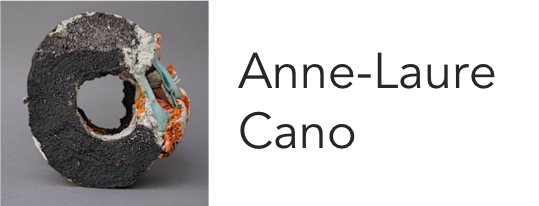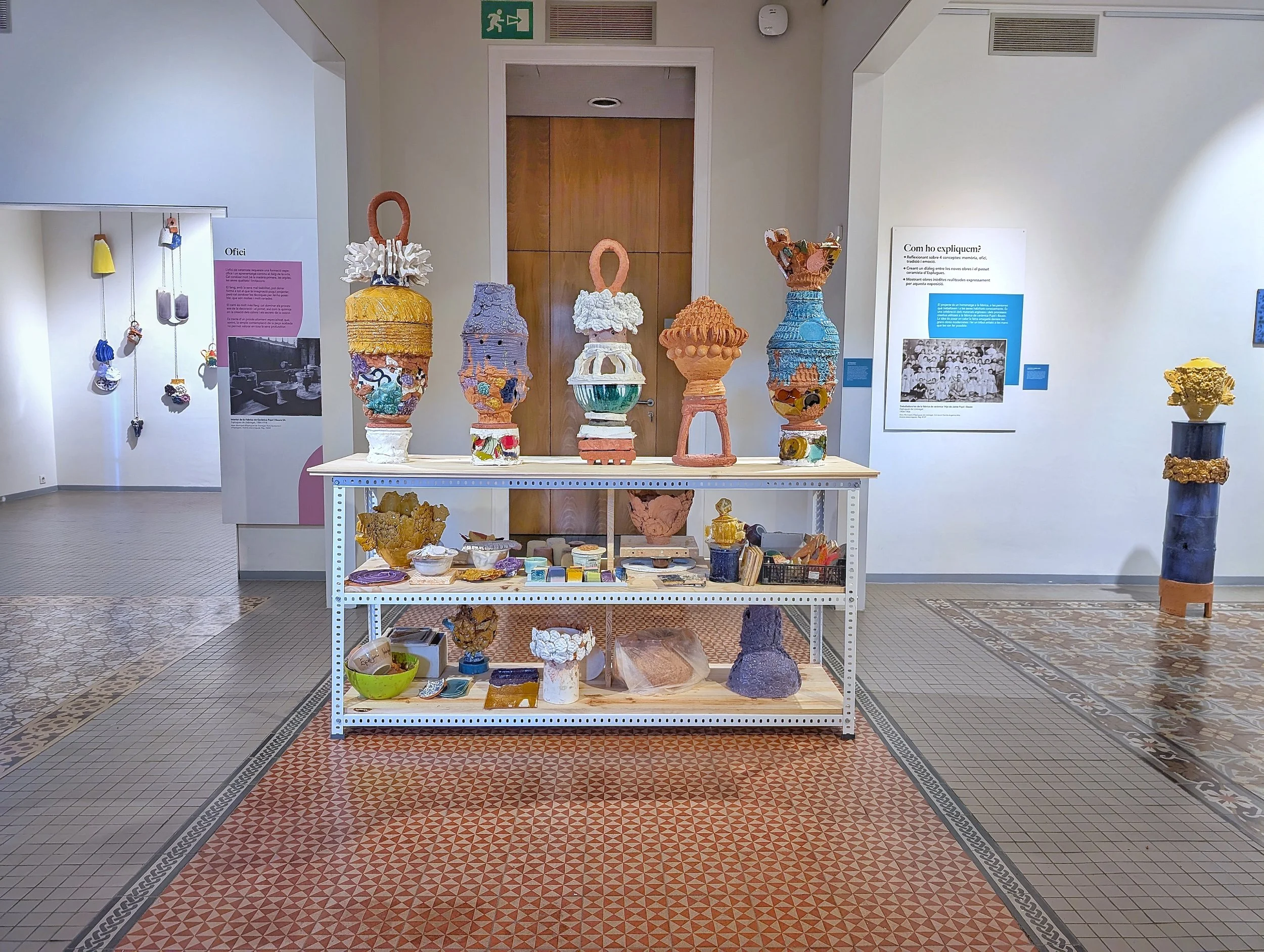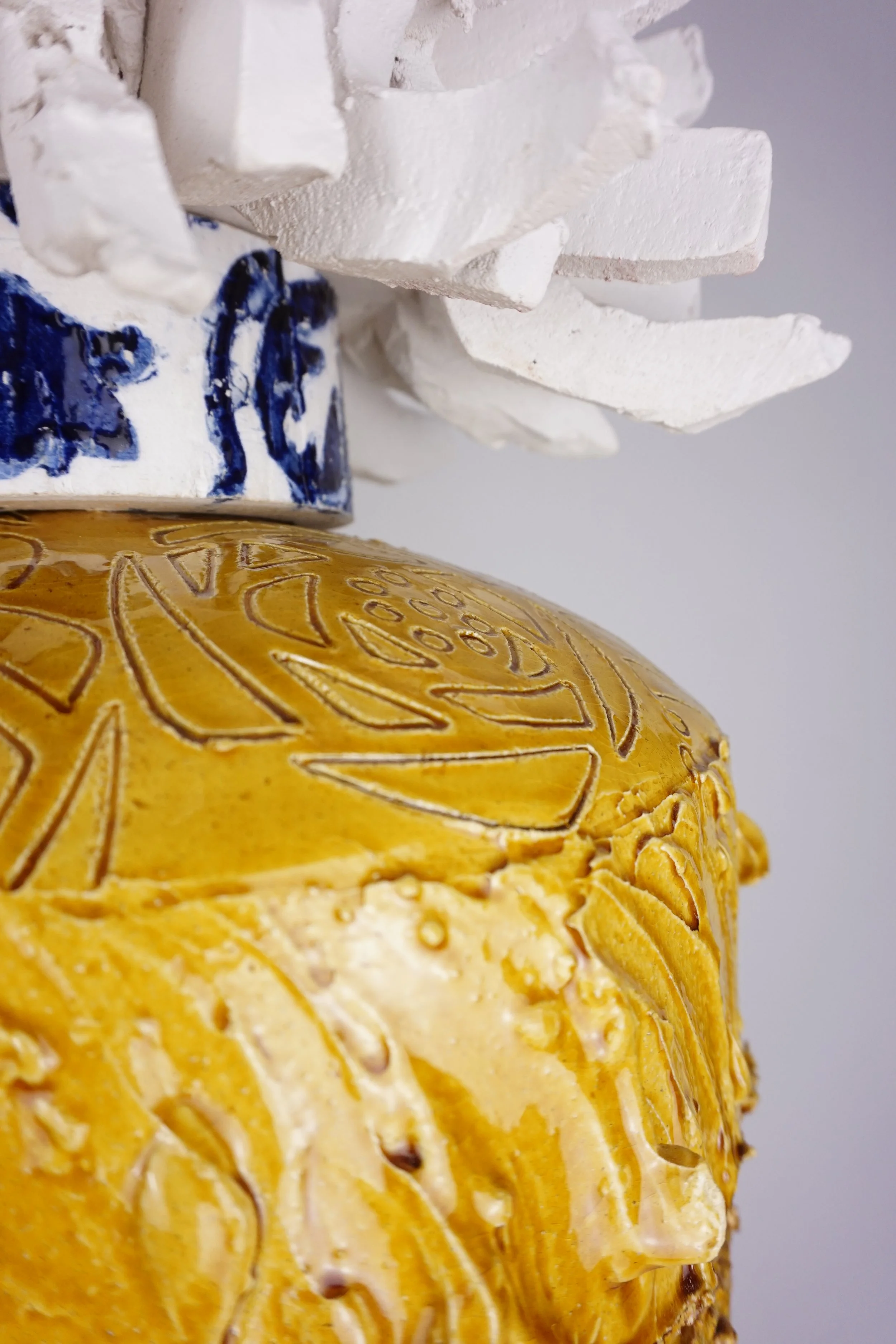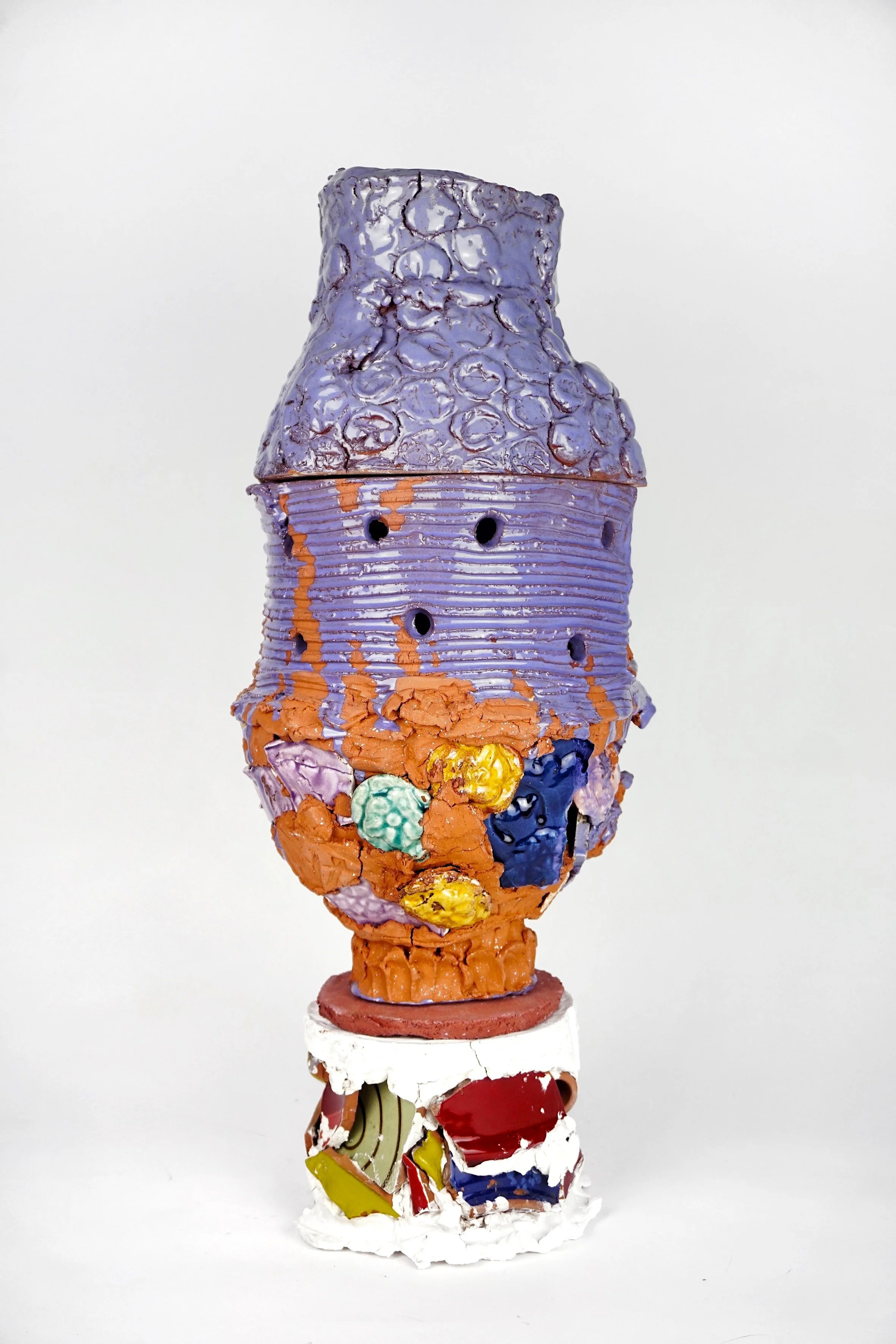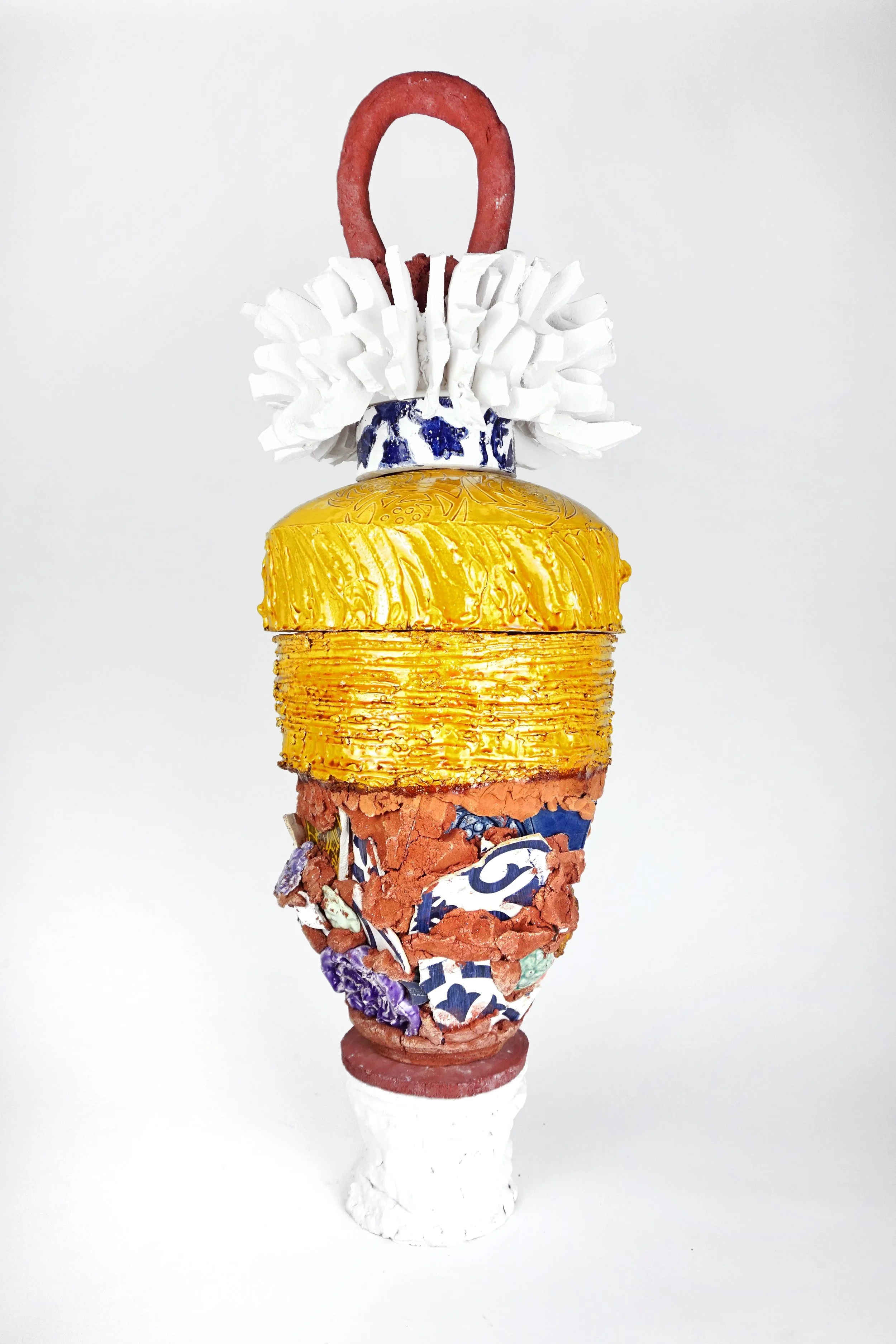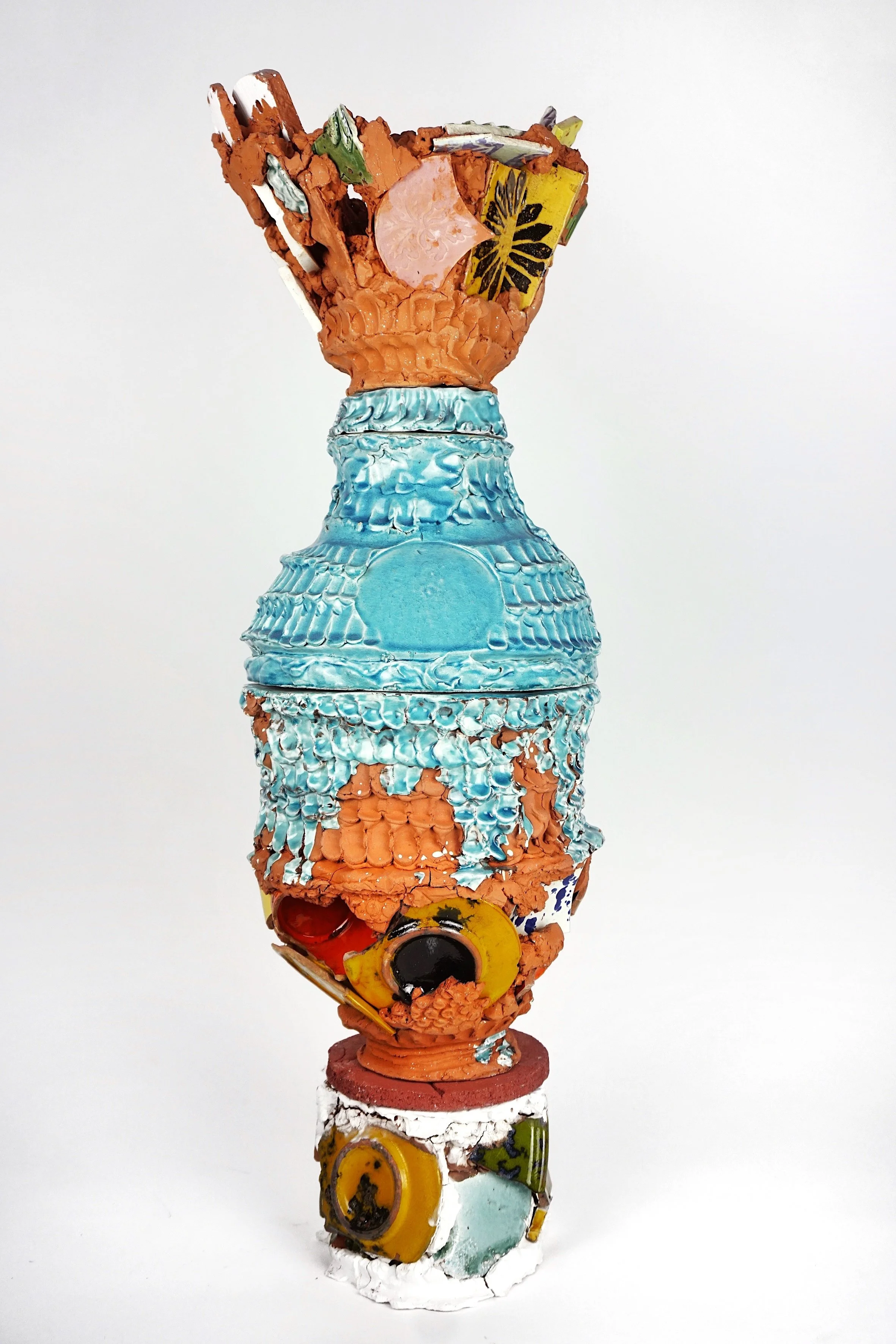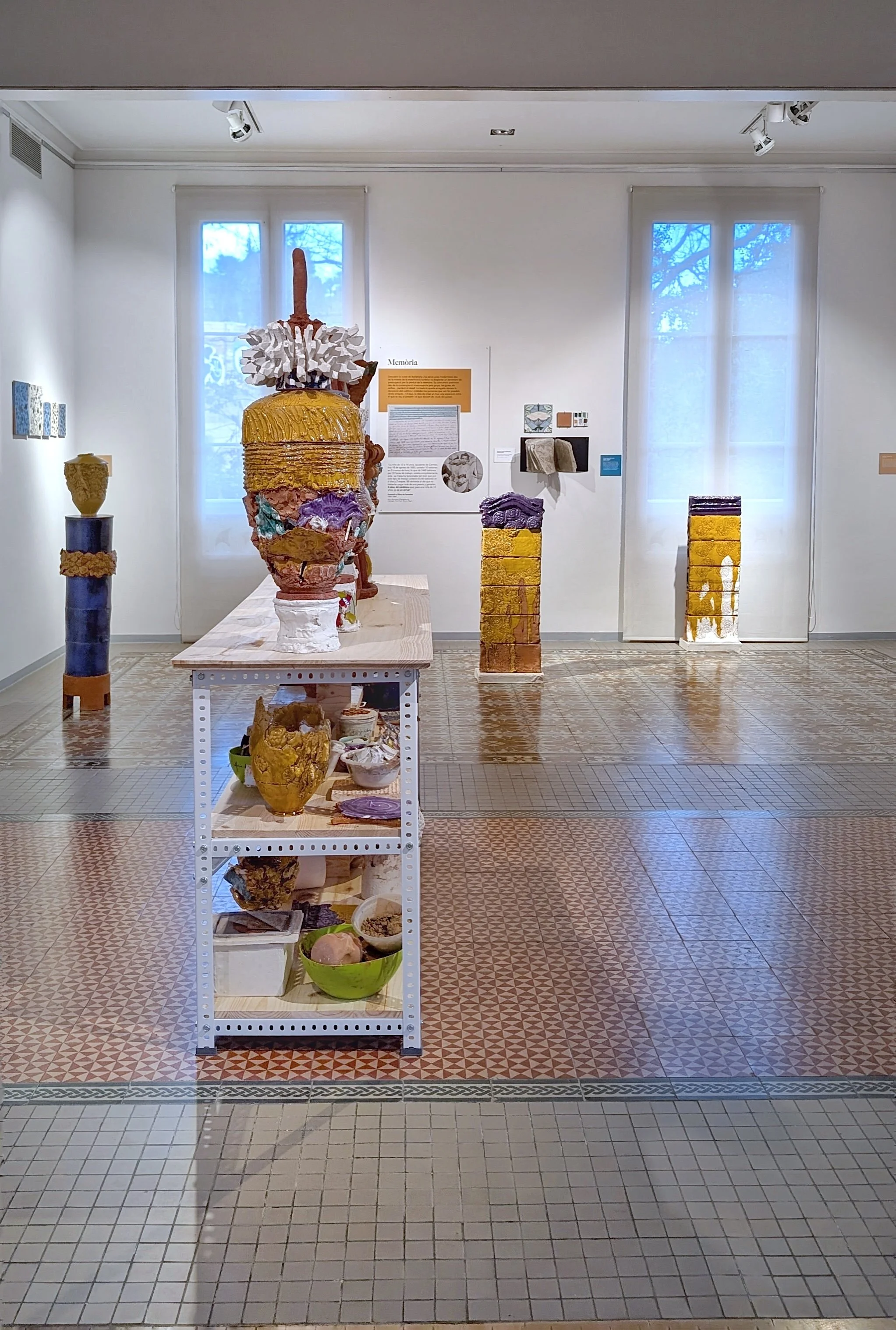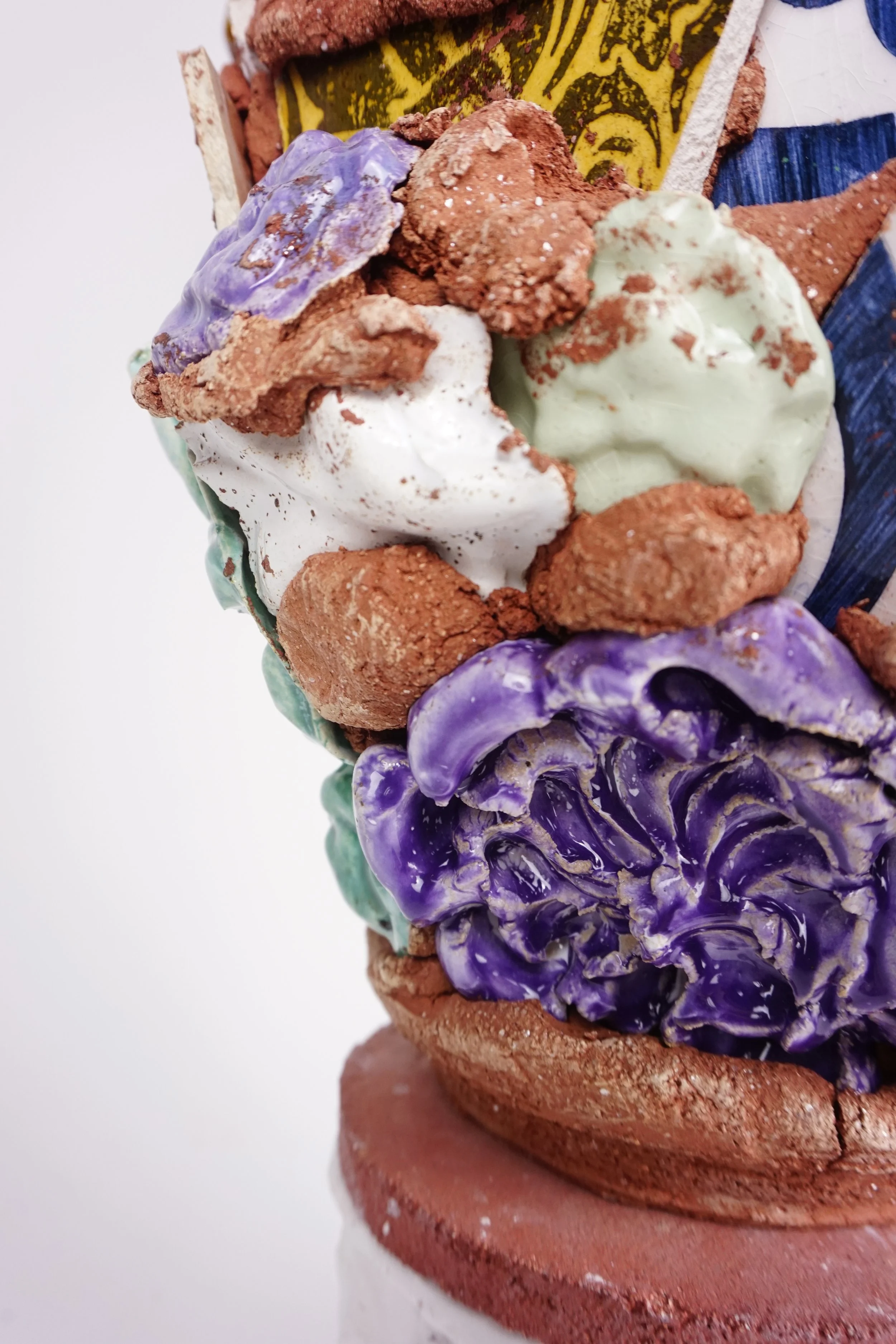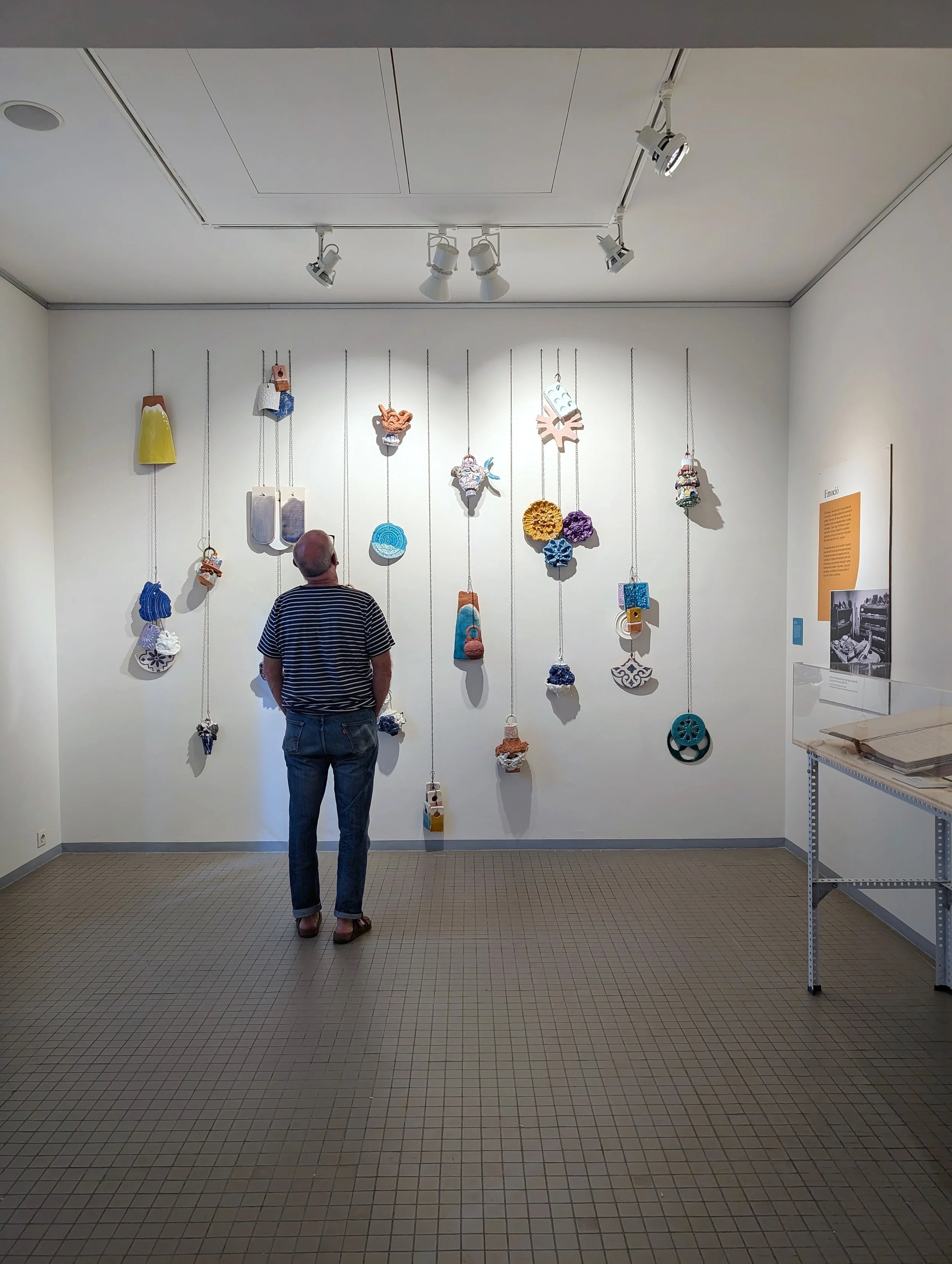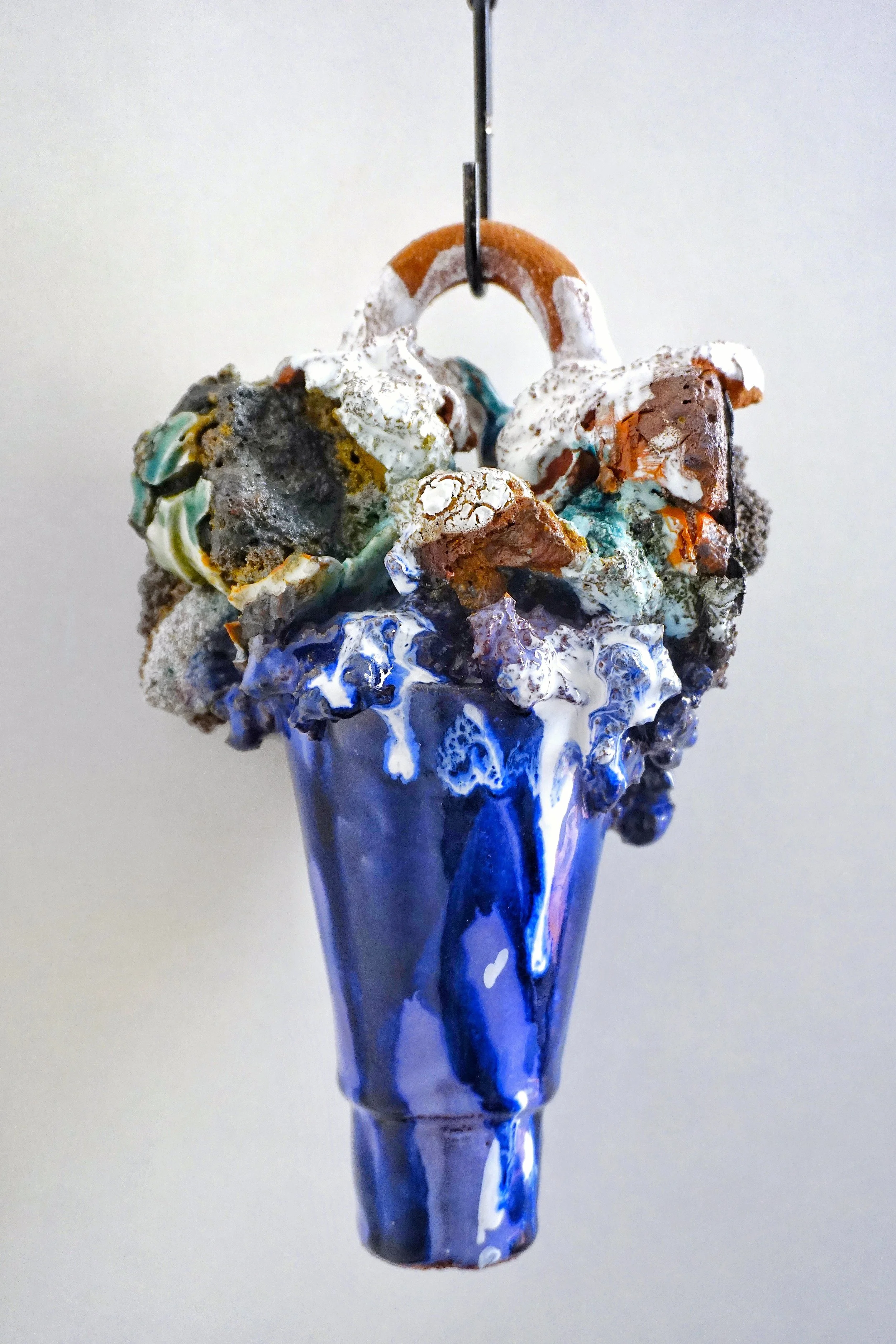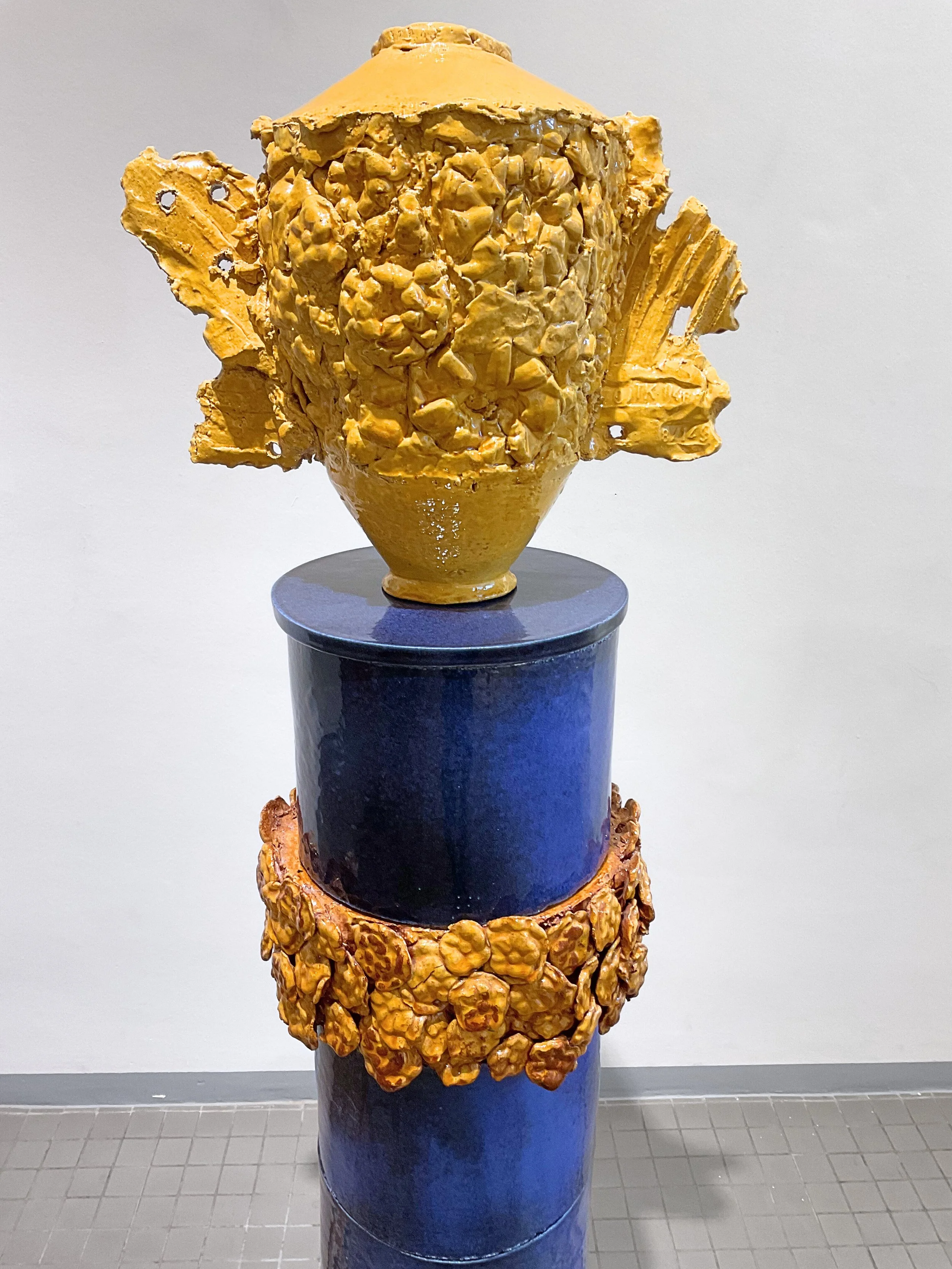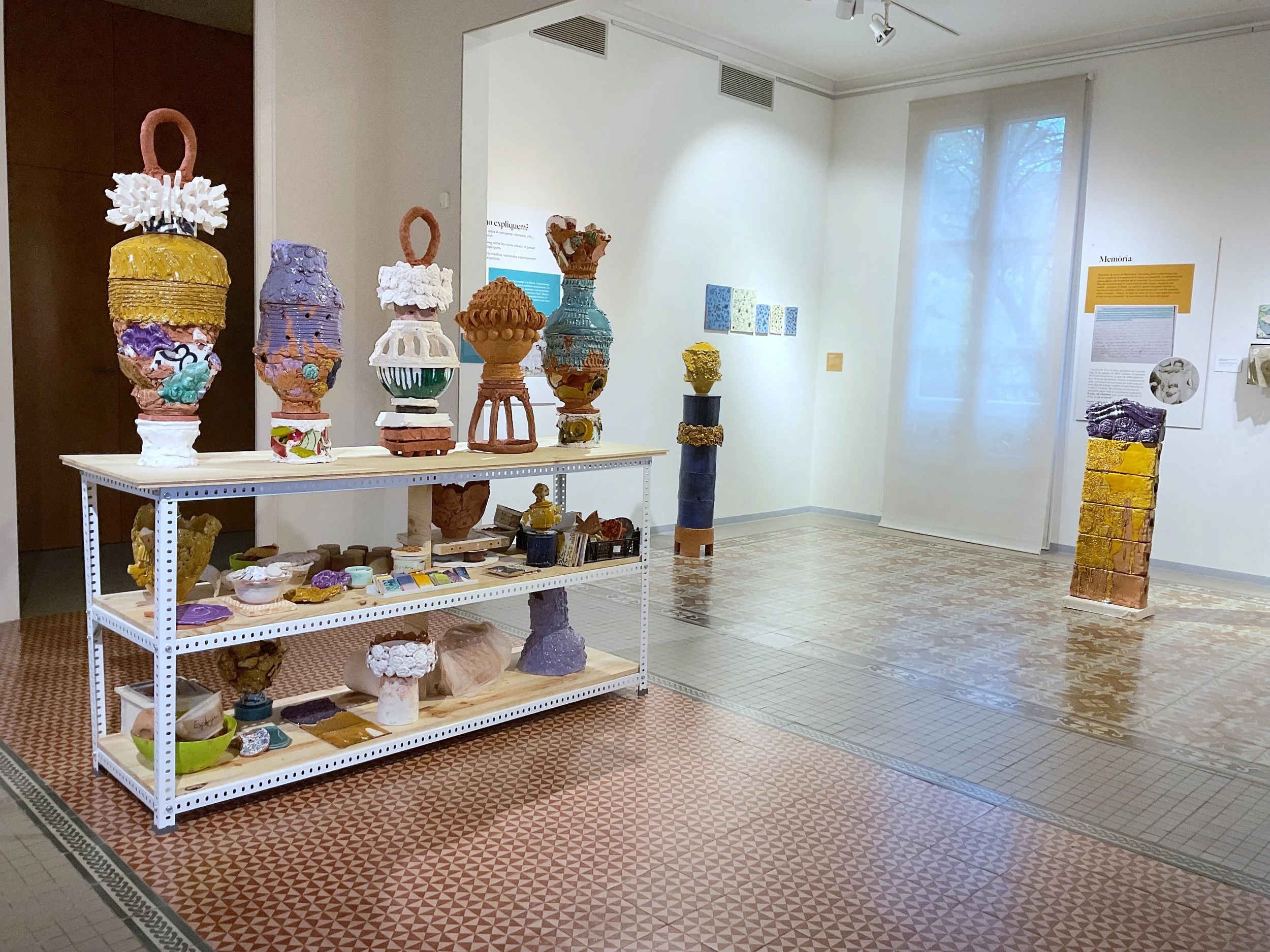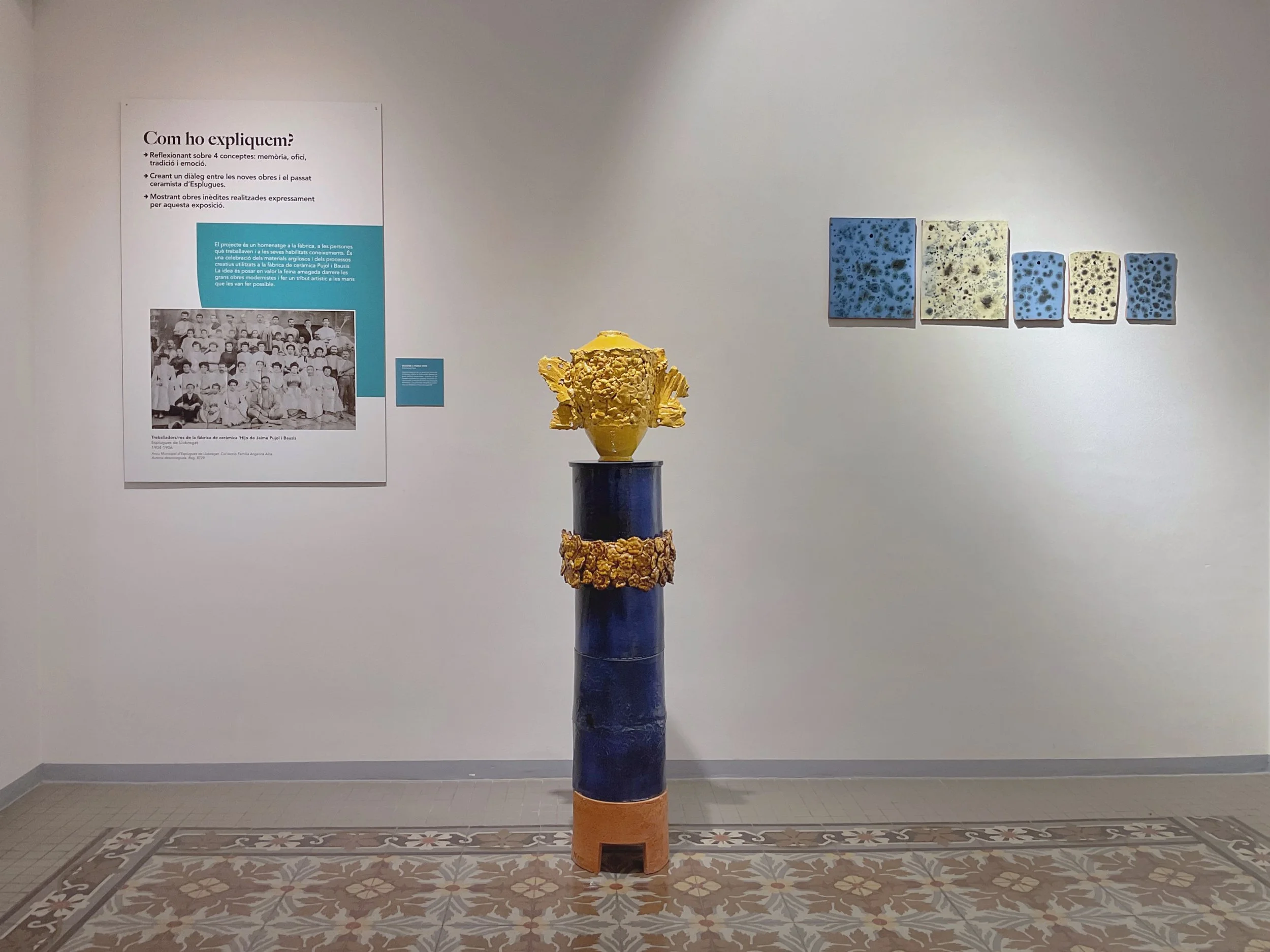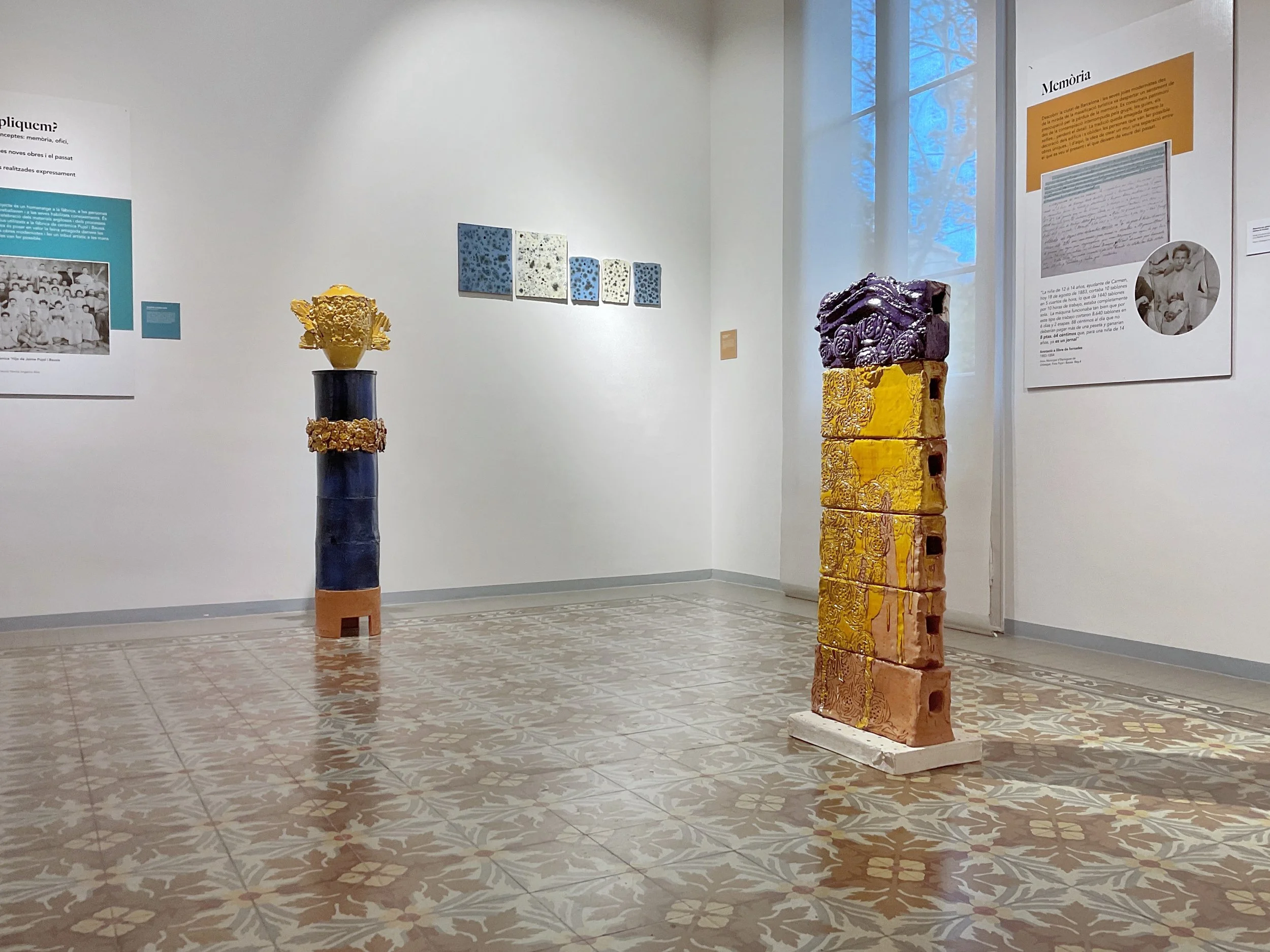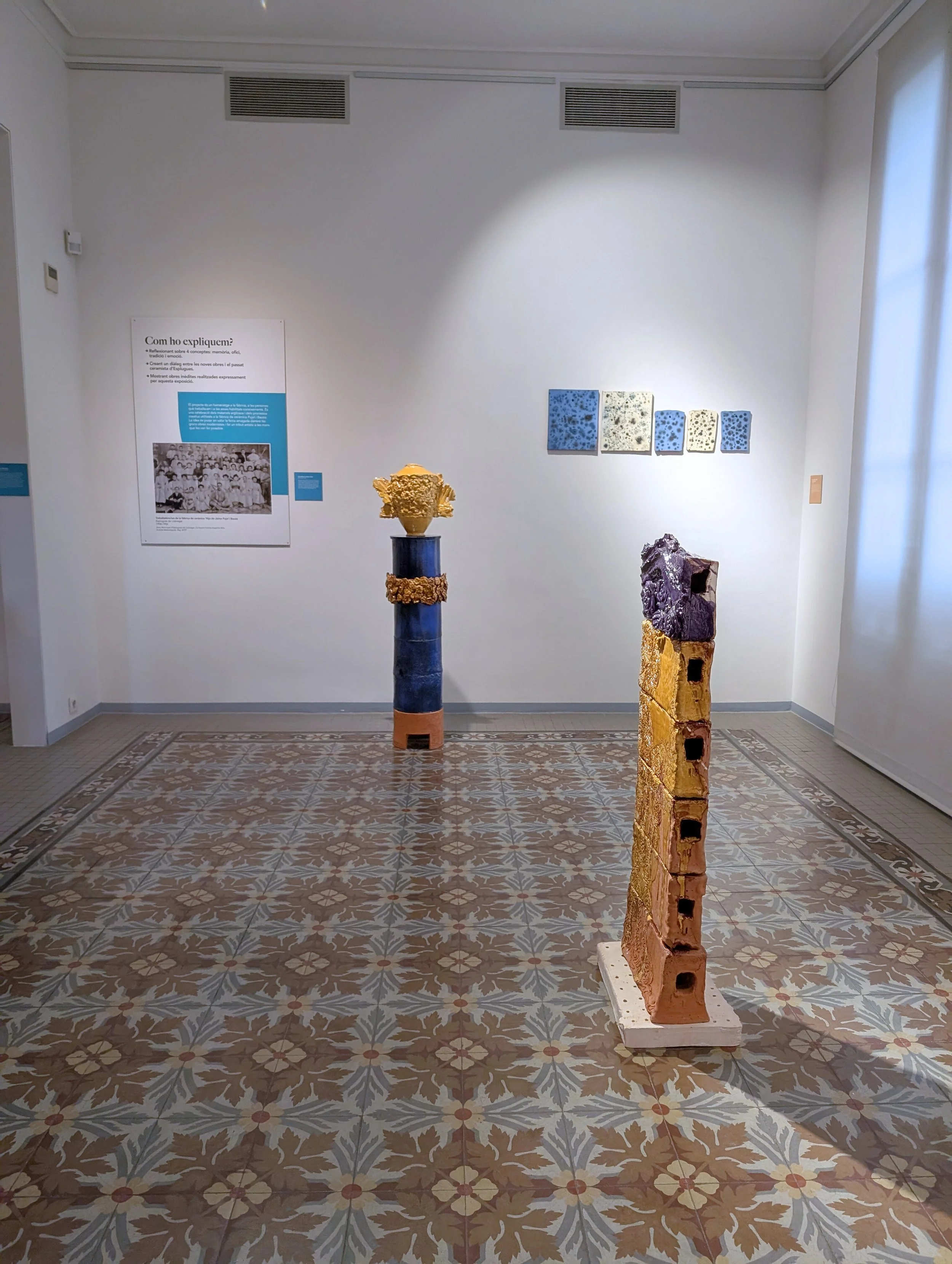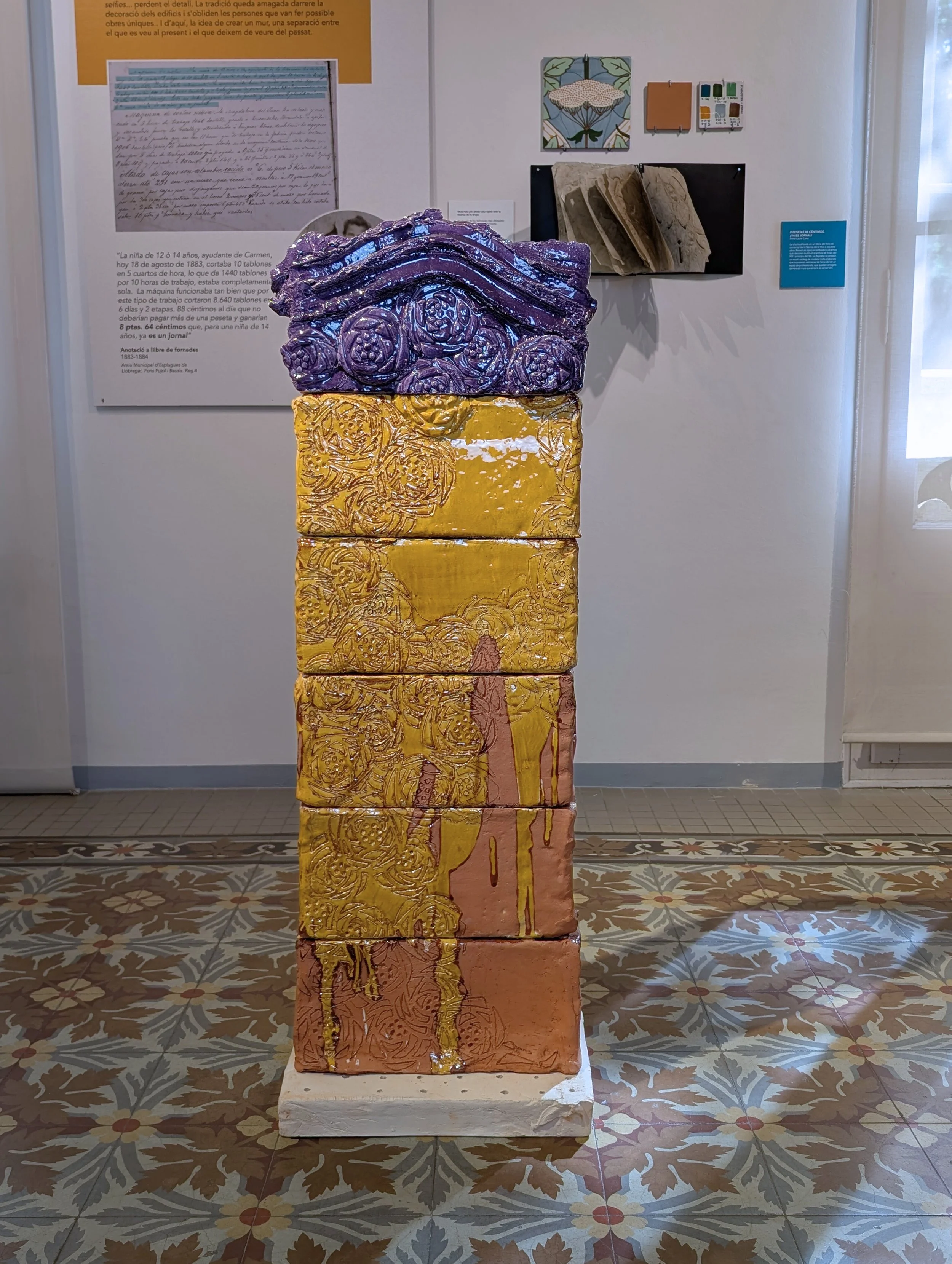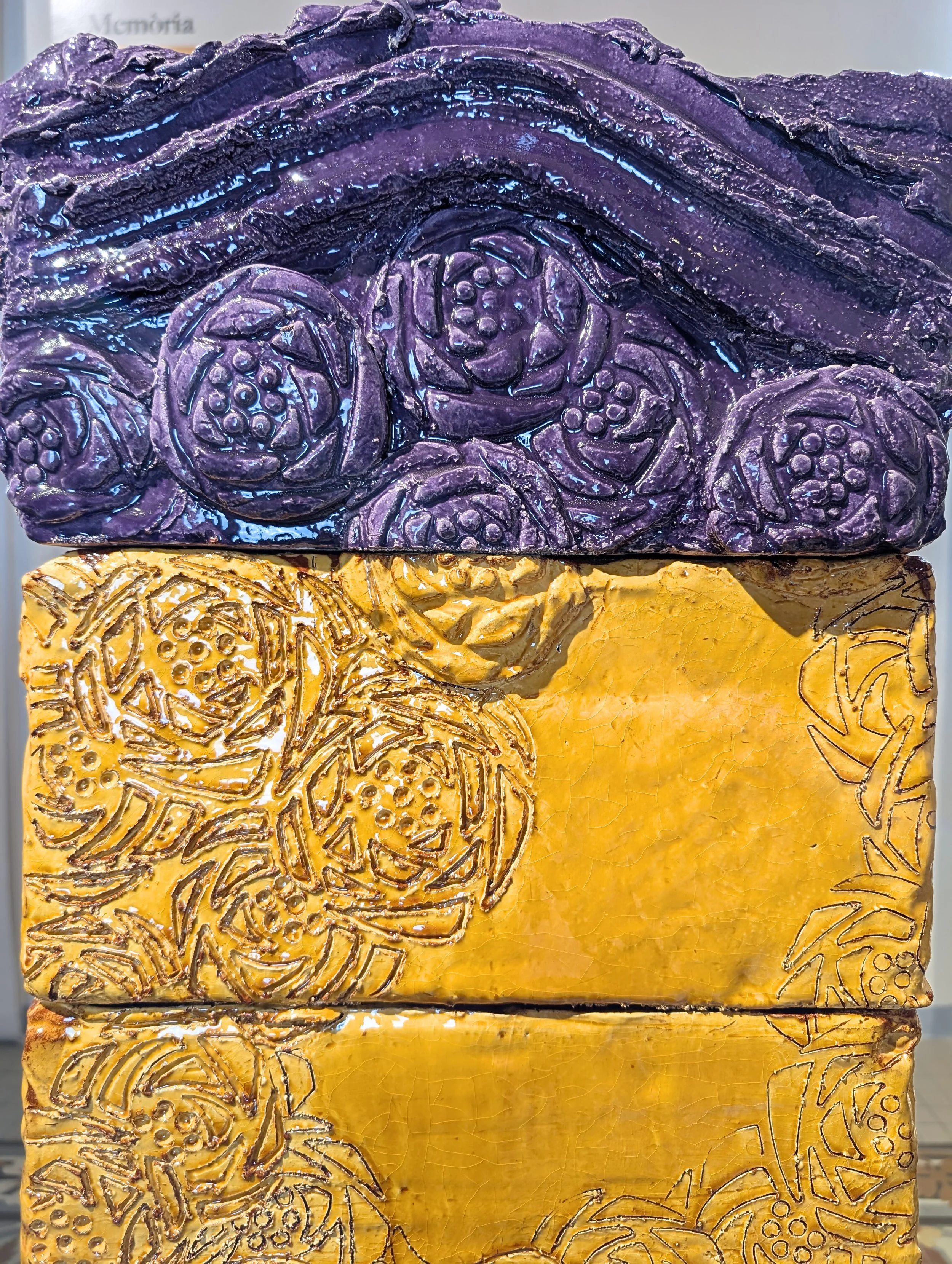Translate - La Rajoleta Museum
Translate
A year long collaboration with La Rajoleta Museum - Esplugues de Llobregat - Spain
The pieces that make up the Translate exhibition are the result of a collaboration with fellow artists Jim Gladwin and the La Rajoleta Ceramic Museum in Esplugues de Llobregat.
The pieces were created in response to the museum’s collection and archives. The La Rajoleta site is a former ceramic factory where the original kilns can still be found along with an extensive collection of ceramics covering the factory’s history from 1856 to 1986. The factory collaborated closely and repeatedly with prominent Barcelona architects, especially during the height of Art Nouveau, such as Antoni Gaudí Cornet and Lluís Domènech i Montaner. The factory’s workers created pieces that visitors from around the world come to admire at sites such as Park Güell, Casa Batlló, and many other iconic monuments of the city, and yet they tend to be forgotten by history. Translate is a tribute to the factory’s workers, their craftsmanship, and the rich heritage they left behind.
La Rajoleta Museum - collection and archives
En Proceso
200 × 200 cm
Inspired by the collection and archives of the La Rajoleta Ceramic Museum, En Proceso reveals what escapes the eye: modest gestures, fragile traces, and the often forgotten collective memory. This installation pays tribute to the workers of the old factory whose work, although little recognized, contributed greatly to the monumental heritage of Barcelona. Through the contrast between the dazzling visibility of the monuments and the invisibility of the artisans, the work questions everyone’s place in society and the construction of our collective memories.
Inventar-io
300x300cm
Inventar-io is an installation composed of several ceramic pieces suspended from chains attached to a wall. Some elements directly reference pieces created on the site of La Rajoleta and listed in the factory's inventories. Over time, the names of some original pieces found in the inventories no longer suffice to identify them due to lack of use or changes in name, they have fallen into oblivion. The inventories now contain unknowns. I have taken hold of these voids to juxtapose contemporary abstract sculptures with traditional pieces, filling the absences of the past through an intriguing dialogue with the present.
The chains refer to the technique used to test the firing temperature of the kilns. A test piece was suspended at the end of a chain from the top of the kiln down to the firing chamber. The piece was regularly raised to check the maturity of the glaze and thus determine whether the kiln had reached the desired temperature.
Ocult@s en Plena vista
135x40cm
Placed almost at eye level, this piece pays tribute to the workers of the ceramics factory and the site of La Rajoleta.
Ocultas consists of a red and blue column that evokes the saggars, those clay boxes stacked inside kilns to protect pieces during firing. The flowers recall the omnipresence of nature in the modernist motifs so characteristic of the streets of Barcelona. Finally, the top part, like a trophy, refers to several emblematic pieces from the factory’s collection.
8 Pesetas
116 x 40 x 25 cm
A handwritten note, dated 1883 and found in a notebook preserved in the museum archives, describes the work and tasks performed daily by a young employee at La Rajoleta, between 12 and 14 years old. The note ends with a comment indicating that this employee's salary was 8 pesetas and 64 cents, which was already considered "a good salary for a young girl."
This inspired me to create a piece that speaks of the hidden history, the façade, and its less attractive side.
8 pesetas is a two-faced wall, unfinished, unpolished, much less beautiful than those found throughout the city. It highlights the contrast between the extraordinary pieces made in the factory, admired by the whole world, and the story of their making.
